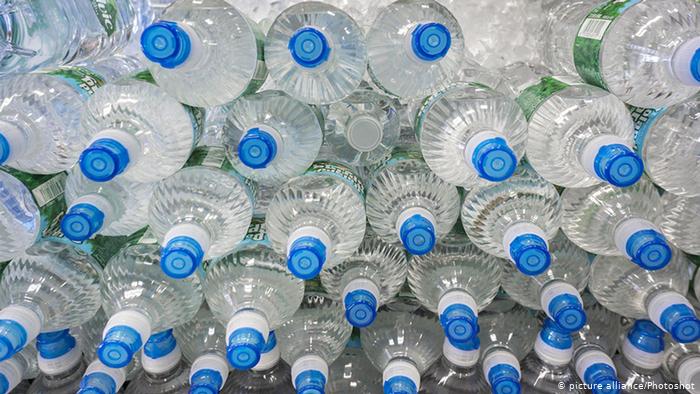We drink plastic without knowing it
Clean Water Bulgaria

Bottled water is obviously not harmless. According to a large-scale study just published, 93% of the samples were found to be contaminated with plastic microparticles, probably due to the bottles themselves.
The ads present bottled water as a pure product that is good for health. And we obviously believe them – statistics show that we drink more and more mineral water: in 2017, more than 390 billion liters of bottled water were consumed, which is more than 100 billion more than five years earlier. The water business brings huge profits – the industry has an annual turnover of nearly 119 billion euros. But a brand new study by Orb Media, published in collaboration with Deutsche Welle, may end this boom.
What do we drink?
The study shows that bottled water is obviously not completely harmless – in as many as 93% of the samples found were contaminants with plastic microparticles. The question is how harmful these tiny particles are to health. Science has not yet given an unambiguous answer to this question. „We don’t know how many of these particles can pass into the human bloodstream. But there are doubts that they can penetrate the tissues of the human body,“ said Rolf Halden, head of the Center for Health and Environmental Technology at the University of Arizona.
Heather Leslie of the University of Amsterdam has been researching environmental toxins and their effects on humans for years. The expert claims that if they penetrate the tissue of the human body, the tiny plastic particles cause the so-called „Oxidative stress“, which in turn can lead to various chronic inflammations. The effect in question has already been tested on mice.
Sherry Mason of New York State University is one of the scientists involved in the Orb Media study. She and her team tested a total of 250 bottles of water by injecting a coloring pigment that could stay on the surface of petroleum-containing materials – that is, on the surface of plastic microparticles. The water was then passed through extremely fine filters, trapping even particles smaller than one erythrocyte. In this experiment, the researchers found an average of 10.4 particles per liter, which was 100 microns in size. This corresponds to about 0.1 millimeters, such as the thickness of a human hair. Laser analysis of the molecular structure of the larger particles proved that they were in fact plastics. Numerous smaller particles were also found, which probably have the same origin.
Because of the bottles?
Among the particles identified by the scientists were nylon, polyethylene terephthalate (PET), which is often used to make plastic bottles, and the 54 percent presence of polypropylene, the material from which bottle caps are usually made.
A similar conclusion was reached by the study of Darena Szymanski, who tested bottled water sold in Germany. Polyethylene terephthalate and polypropylene – that is, the polymers contained in bottles and caps – have also been found in this water.
Research such as the ones cited shows unequivocally that no matter how great a material plastics are, they should be used with caution. „Now it’s up to the consumer: he needs to make it clear that he no longer wants to use such materials,“ said toxicologist Rolf Halden of the University of Arizona.
You can read the full Orb Media report here: www.orbmedia.org The
material is used by www.dw.com



